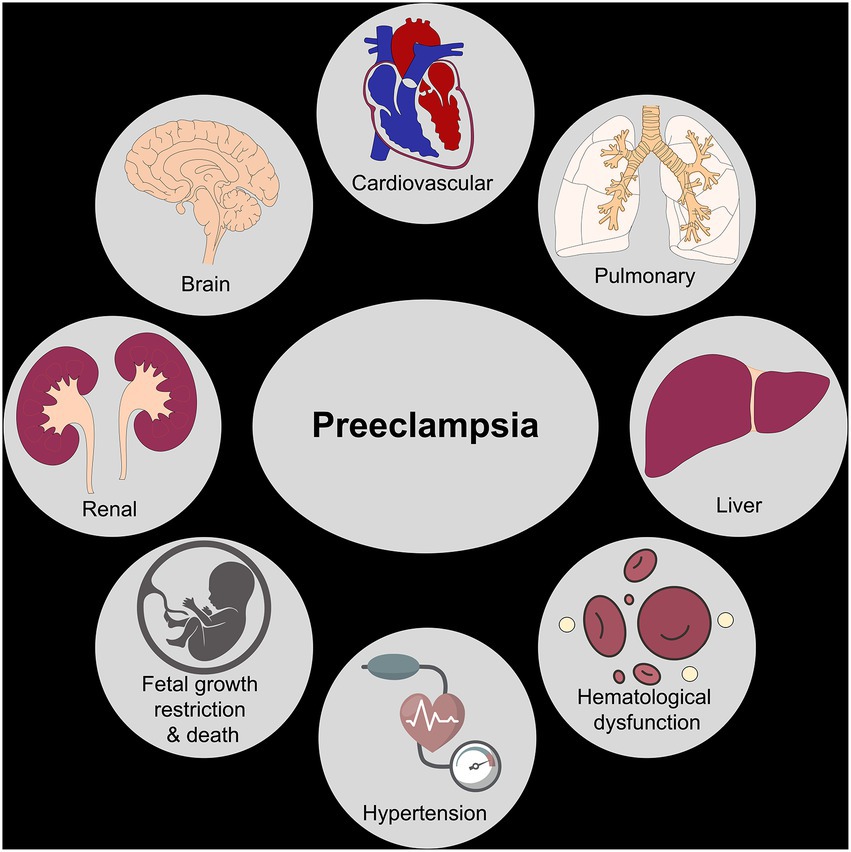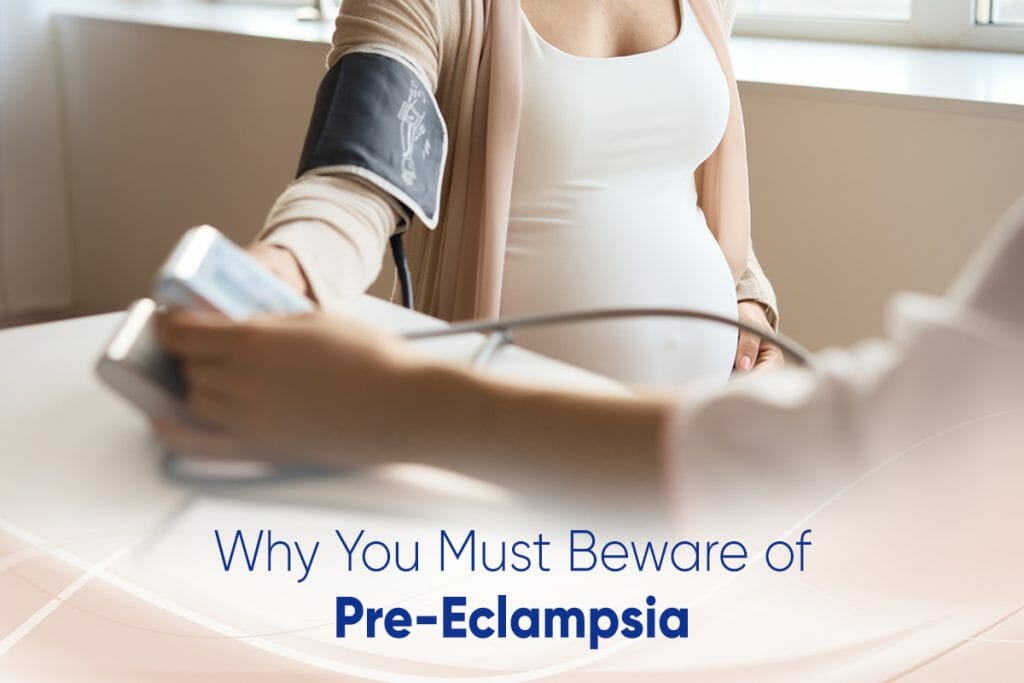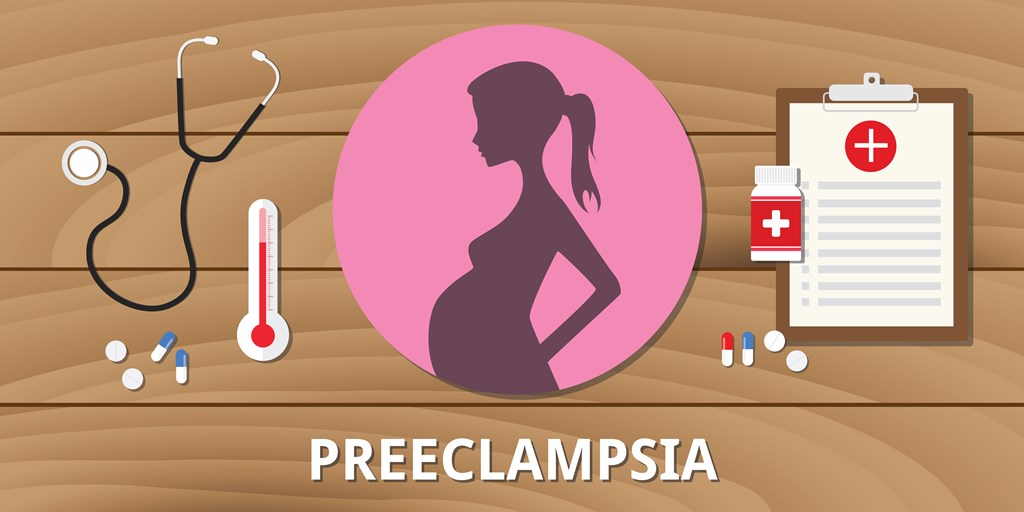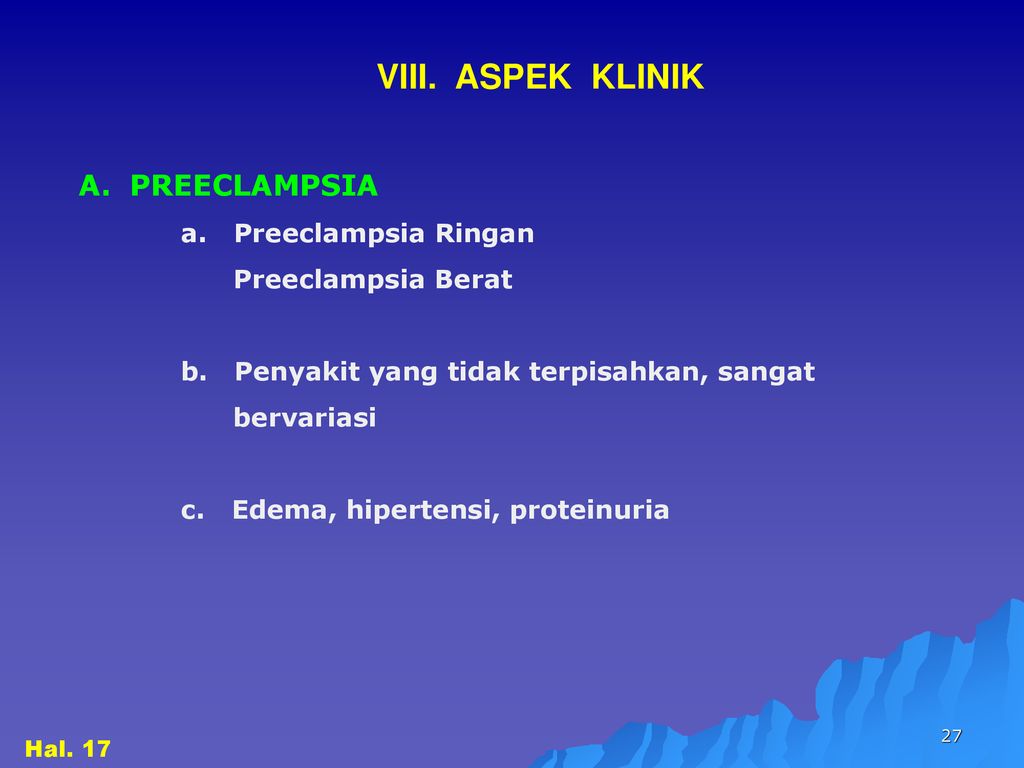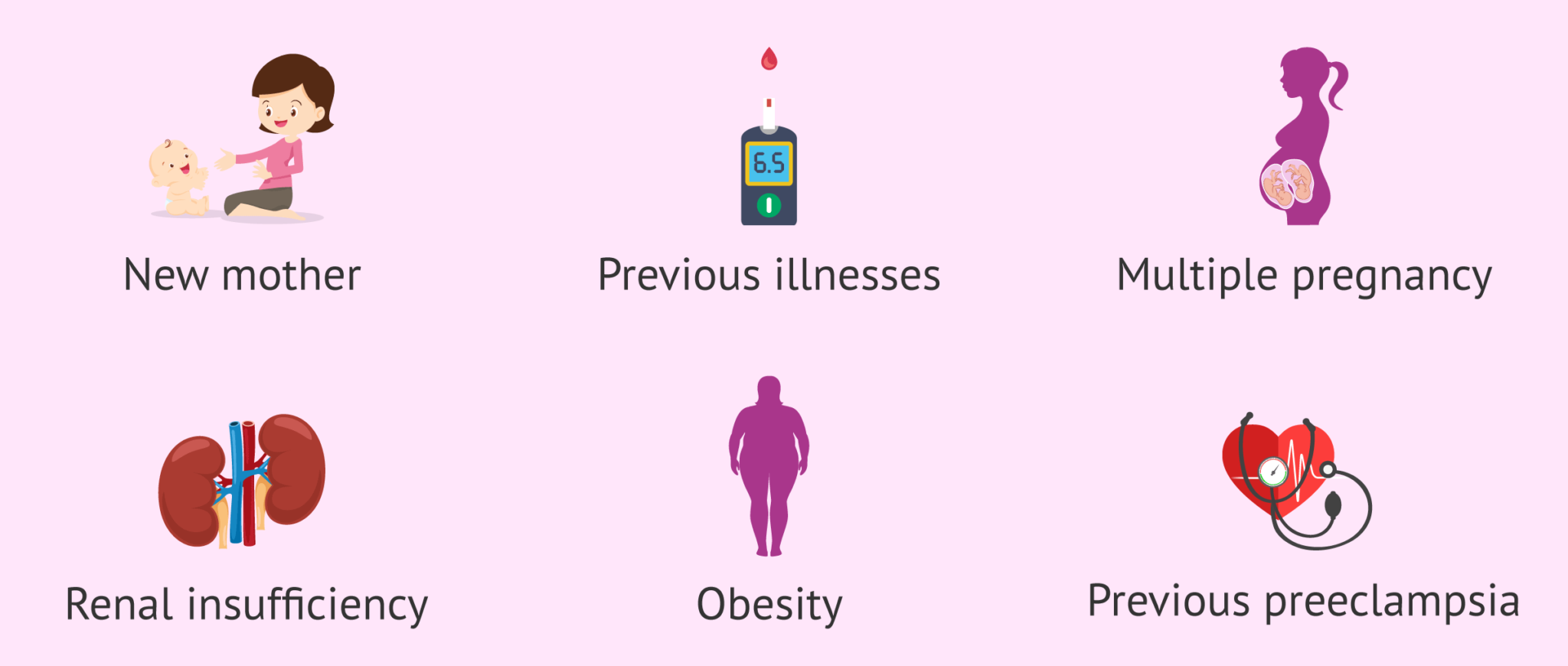Preeclampsia is a pregnancy complication that affects thousands of women worldwide every year. It is a condition characterized by high blood pressure and damage to organs such as the liver and kidneys. If left untreated, preeclampsia can lead to serious complications for both the mother and the baby. In this article, we will delve into the world of preeclampsia, exploring what it is, its symptoms, causes, and treatment options.
What is Preeclampsia?
Preeclampsia is a pregnancy complication that typically occurs after 20 weeks of gestation. It is characterized by high blood pressure, which is defined as a blood pressure reading of 140/90 mmHg or higher. In addition to high blood pressure, preeclampsia can also cause damage to organs such as the liver, kidneys, and brain. This damage can lead to a range of symptoms, including headaches, vision changes, and abdominal pain.
Symptoms of Preeclampsia
The symptoms of preeclampsia can vary from woman to woman, but common symptoms include:
High blood pressure
Protein in the urine
Severe headaches
Vision changes, such as blurred vision or sensitivity to light
Abdominal pain
Nausea and vomiting
Sudden weight gain
It is essential to note that some women with preeclampsia may not exhibit any symptoms at all, which is why regular prenatal check-ups are crucial.
Causes of Preeclampsia
The exact cause of preeclampsia is still unknown, but several factors can increase a woman's risk of developing the condition. These factors include:
First pregnancy
Multiple pregnancy (carrying twins, triplets, etc.)
History of preeclampsia in a previous pregnancy
Family history of preeclampsia
Pre-existing medical conditions, such as high blood pressure or kidney disease
Age (women over 35 years old are at a higher risk)
Treatment Options for Preeclampsia
The treatment options for preeclampsia depend on the severity of the condition. Mild cases of preeclampsia can be managed with bed rest, close monitoring of blood pressure, and regular prenatal check-ups. In more severe cases, hospitalization may be necessary to monitor the mother and baby closely. In some cases, delivery may be the best option, even if the baby is premature.
Prevention of Preeclampsia
While there is no surefire way to prevent preeclampsia, there are several steps that women can take to reduce their risk. These include:
Maintaining a healthy weight
Eating a balanced diet
Exercising regularly
Managing stress
Getting enough sleep
Regular prenatal check-ups are also crucial in detecting preeclampsia early on, which can help prevent complications.
Preeclampsia is a serious pregnancy complication that can have severe consequences for both the mother and the baby. By understanding the symptoms, causes, and treatment options, women can take steps to reduce their risk and ensure a healthy pregnancy. If you are experiencing any symptoms of preeclampsia, it is essential to seek medical attention immediately. With proper care and attention, women with preeclampsia can have a healthy and successful pregnancy.
Keyword density:
Preeclampsia: 12
Pregnancy: 7
High blood pressure: 3
Symptoms: 3
Treatment: 2
Prevention: 2
Complications: 2
Meta Description:
Learn about preeclampsia, a pregnancy complication characterized by high blood pressure and organ damage. Understand the symptoms, causes, and treatment options to ensure a healthy pregnancy.
Note: The article is optimized for search engines with relevant keywords, meta description, and header tags. The content is informative and easy to read, making it a valuable resource for women who want to learn more about preeclampsia.
